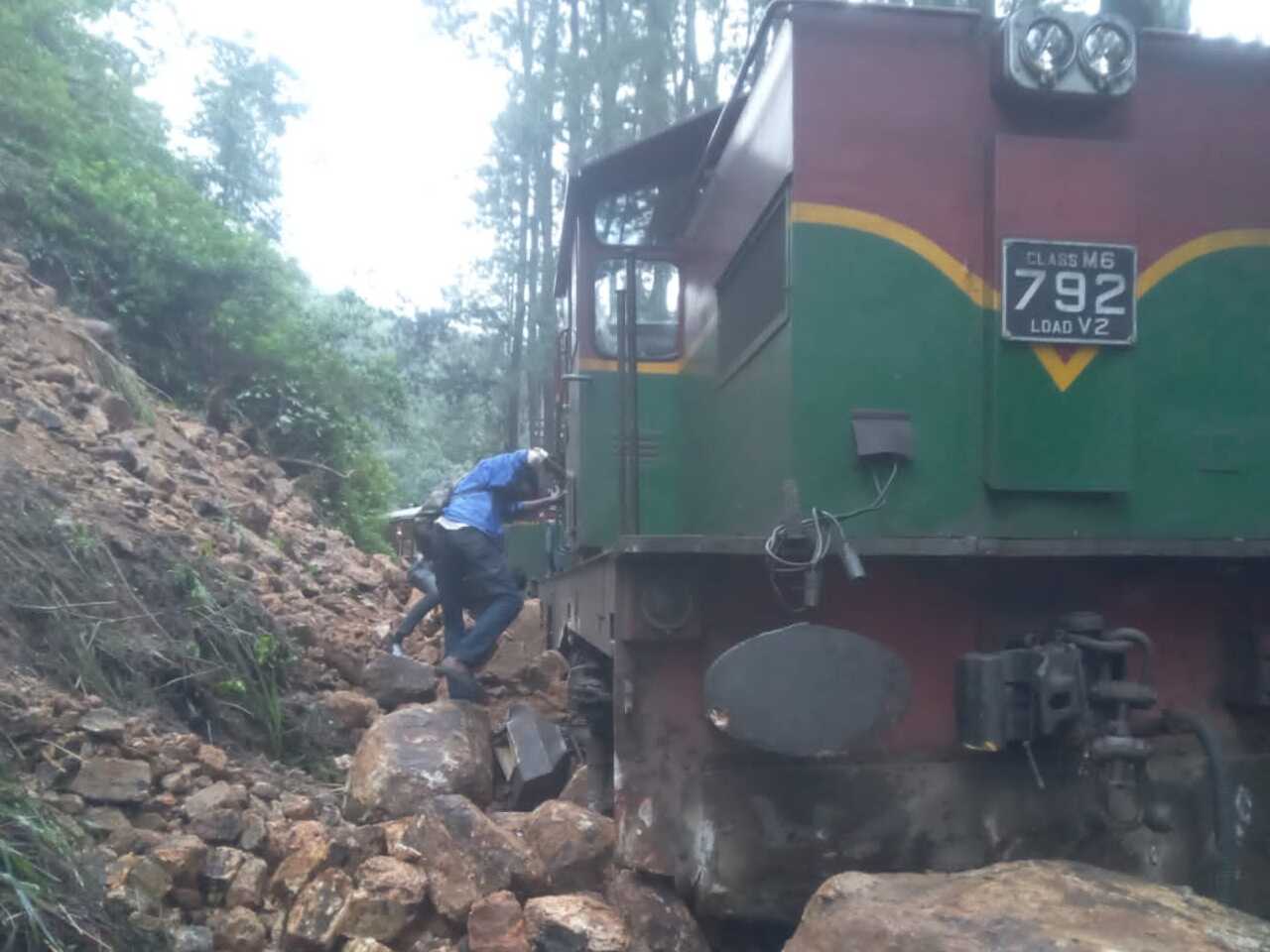For many years we have been trying to reach a better understanding of railway worker safety. We know the railways were dangerous, involving significant loss of life and limb, but it has been hard to get a picture of the scale and the impact on lives when source material has been disparate and fragmented. Initiatives like our collaborative Railway Work, Life & Death (RWLD) project, between ourselves, University of Portsmouth and the Modern Records Centre (MRC), have helped us get a sense of the magnitude of death and injury, and also of the personal lives affected (see the previous blog posts by project co-lead Mike Esbester).
We also look out for—and acquire—new archive material on worker safety. The two examples of new arrivals are an interesting contrast in handling the consequences of a poor safety culture.
To turn first to the RWLD dataset. We now have over 23,000 entries of worker death and injury between 1900–1939, thanks to our brilliant transcriber volunteers at the NRM and at the MRC. This dataset is freely available for anyone to study (it can be downloaded from the project’s website: https://www.railwayaccidents.port.ac.uk/the-accidents/). We have been using it to crunch numbers as part of our goods story research for Station Hall’s gallery refresh (https://www.railwaymuseum.org.uk/station-hall-transformation). Here, we are showcasing the role of the shunter who was instrumental in the movement of goods. It was dangerous work as it involved coupling and uncoupling wagons that were often moving.
A common accident was getting crushed between the vehicles, resulting in limb loss or death. Indeed, limb loss is something that has been explored recently in some of the RWLD project blog posts for Disability History Month. The RWLD dataset revealed that 10% of all deaths (around 500) related to shunting and 19% of those who lost a limb, were through shunting-related incidents. These stark figures contextualise the archives we’ve recently added to the collection.
The first of these new acqusitions are the papers of Thomas Attwood Brockelbank. Brockelbank had started life operating a barge as a lighterman, whilst is not known what inspired his change of career, it is clear that he became determined to apply his ingenuity and entrepreneurism to improving safety for railway workers, particularly those involved in shunting operations.
Unlike other countries such as the US, the UK didn’t adopt automatic coupling for goods wagons until the 20th century and in the previous century railway safety efforts focused on improving passenger safety. There is an element of Victorian entrepreneurial bombast in Brockelbank’s papers, but he does seem to have a genuine humanitarian impulse as a motive and tries to speak truth to power to get the railway companies to take practical steps to mitigate the high rate of injury and death suffered by railway servants at this time.
He asked several railways to trial his invention and corresponded with the companies and the Board of Trade. He even appealed to royalty to help bring about the adoption of automatic couplings through political means, writing to Edward VII shortly after Queen Victoria’s death. He also published a pamphlet detailing his correspondence. Outside of the material held in the collection he also wrote a paper for the Journal of the Royal Society of Arts and wrote several letters to the editor of The Engineer about automatic coupling. However, it was the introduction of the shunting pole which went on to improve the accident rate. But the Brockelbank papers show that there were engineering inventors out there trying to change working practice and gather public support.
Related to the grisly statistics on the numbers of limbs lost, this new-to-us register details the production and distribution of 956 prosthetic limbs to employees of the North Eastern Railway (NER). The register documents how by 1922 the NER were up to limb no. 3168, a rather grim statistic illustrating the railways’ many dangers and how the company offered a practical solution to allow the affected worker to continue in employment. Without employment, the worker’s wife and family could fall quickly into destitution.
This reparative approach to railway safety is a 180-degree change from the preventative approach that is taken to workplace safety in more recent times. We hope that new archives such as these, as well as project work like the Railway Work, Life & Death, continue to raise the profile of this largely unexplored aspect of railway worker history and the sacrifices so many made to keep the railway network moving.
The post Loss of life and limb: making sense of railway worker accidents appeared first on National Railway Museum blog.







